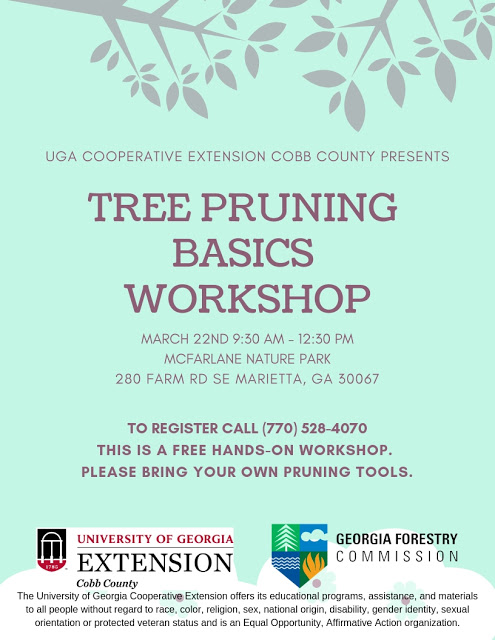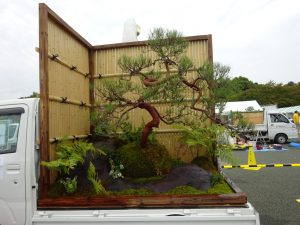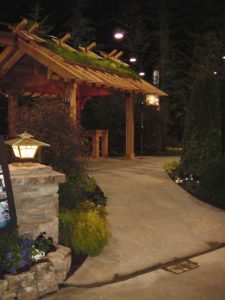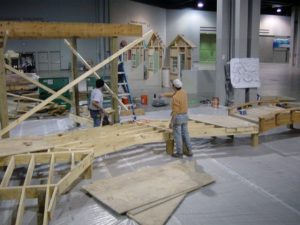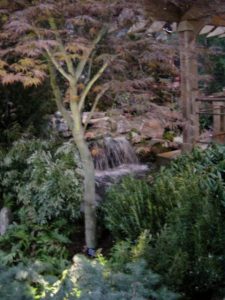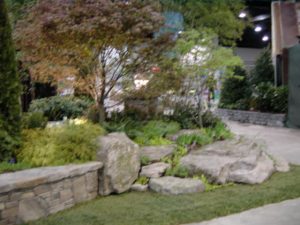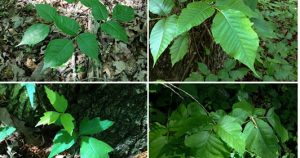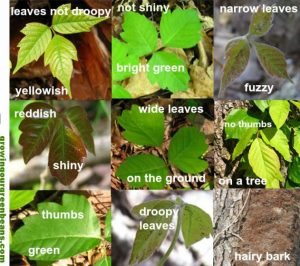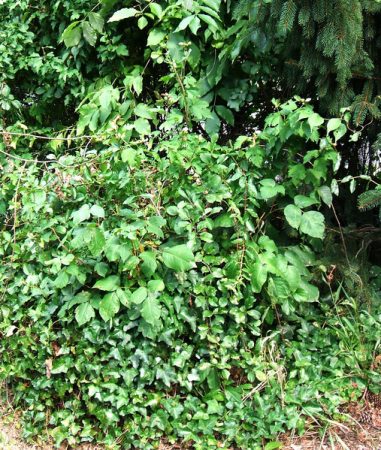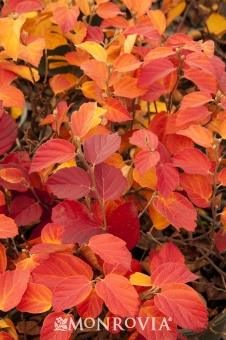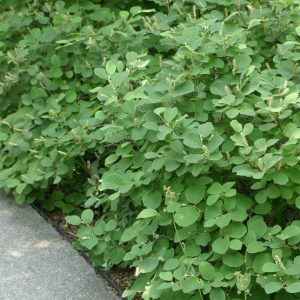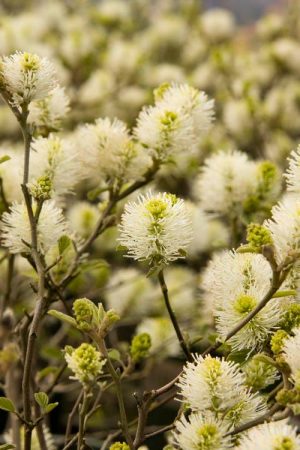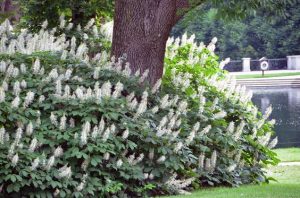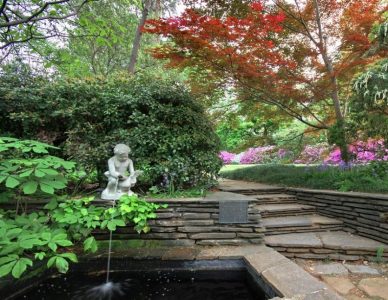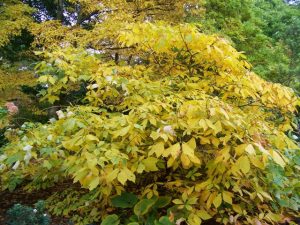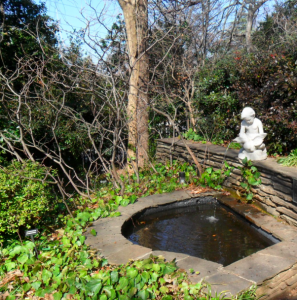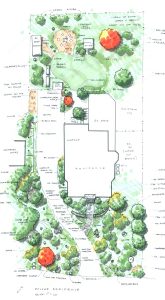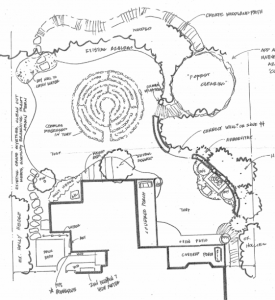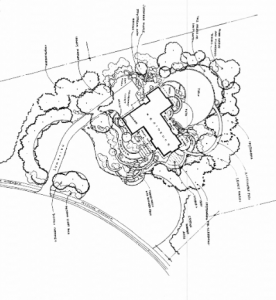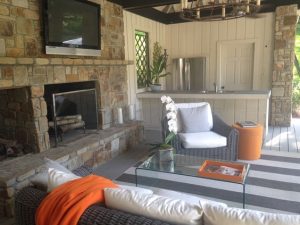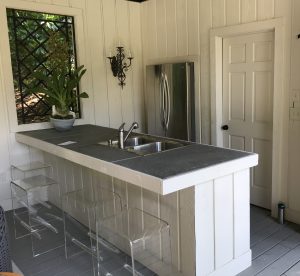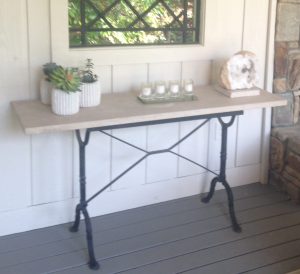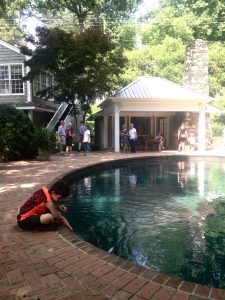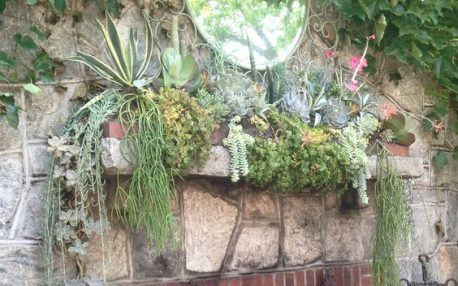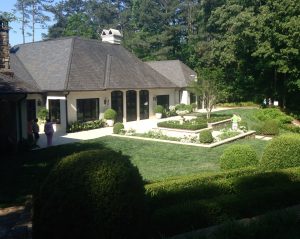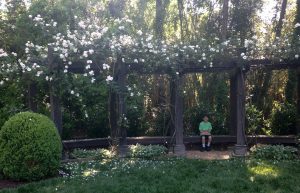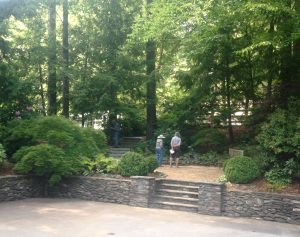the value of master planning
Having a trained Landscape Architect with years of study and knowledge from hundreds of completed jobs is an invaluable part of your landscape design or renovation. They have experience in many ways to create the unity, simplicity, balance, proportion, color, and transition that great landscapes possess.
The Landscape Architect will spend time on your property and talking to you. They will hear what you feel are the best parts of the site and what the problem issues are while pointing out opportunities you may not have thought of.
a master plan showing repeated elements at different scales and in different materials will make the property feel as though it is a cohesive statement
They will take into account how you plan to use your property, what type of budget you are working towards, and what your style is when completing the plan. The LA has knowledge of many materials (hardscape and plant) and design solutions to make your yard the most beautiful and useable it can be. Many may be ideas that you may have never thought of and could end up saving time and money or just something you fall in love with in your yard.
The master plan itself gives a cohesive document to plan by. If a landscape is put in piece-meal by different installers over time the overall effect is incoherent and value is lost on the property. A masterplan ties the design elements throughout the property so even if the installation does not happen all at one time, there are no indicators that show the different stages, everything flows together.
even if all the elements are not added initially, the masterplan makes space for them and future mistakes are avoided
Many people will attempt to solve specific issues in the yard, but with a master plan all of the issues and possibilities can be examined together for the most elegant solutions. For example, even if a side yard screen was not a first year priority because an adjacent house had not been constructed, the plan would call for screening there that could be started as much smaller plants (for much less money) that would be full grown when the neighboring house looms over a private pool!
If the property were to be fenced immediately for a pet, the spread of the future trees would be taken into account in fence layout so the two do not interfere over time and have to be re-addressed.
an overlapping circle motif is clear in the masterplan at left and creates a work of art the client will live into in the next several years
While most clients love the elements of the completed masterplan, one additional benefit of figuring out the plan before starting work is that if the client does not like parts of the design it can be visualized much sooner and corrected much more inexpensively on paper than years later when the plants are full grown shading the pool or the deck is too small for parties.
Consider the extra time and money spent on a professional masterplan an investment in the future quality of your property.


